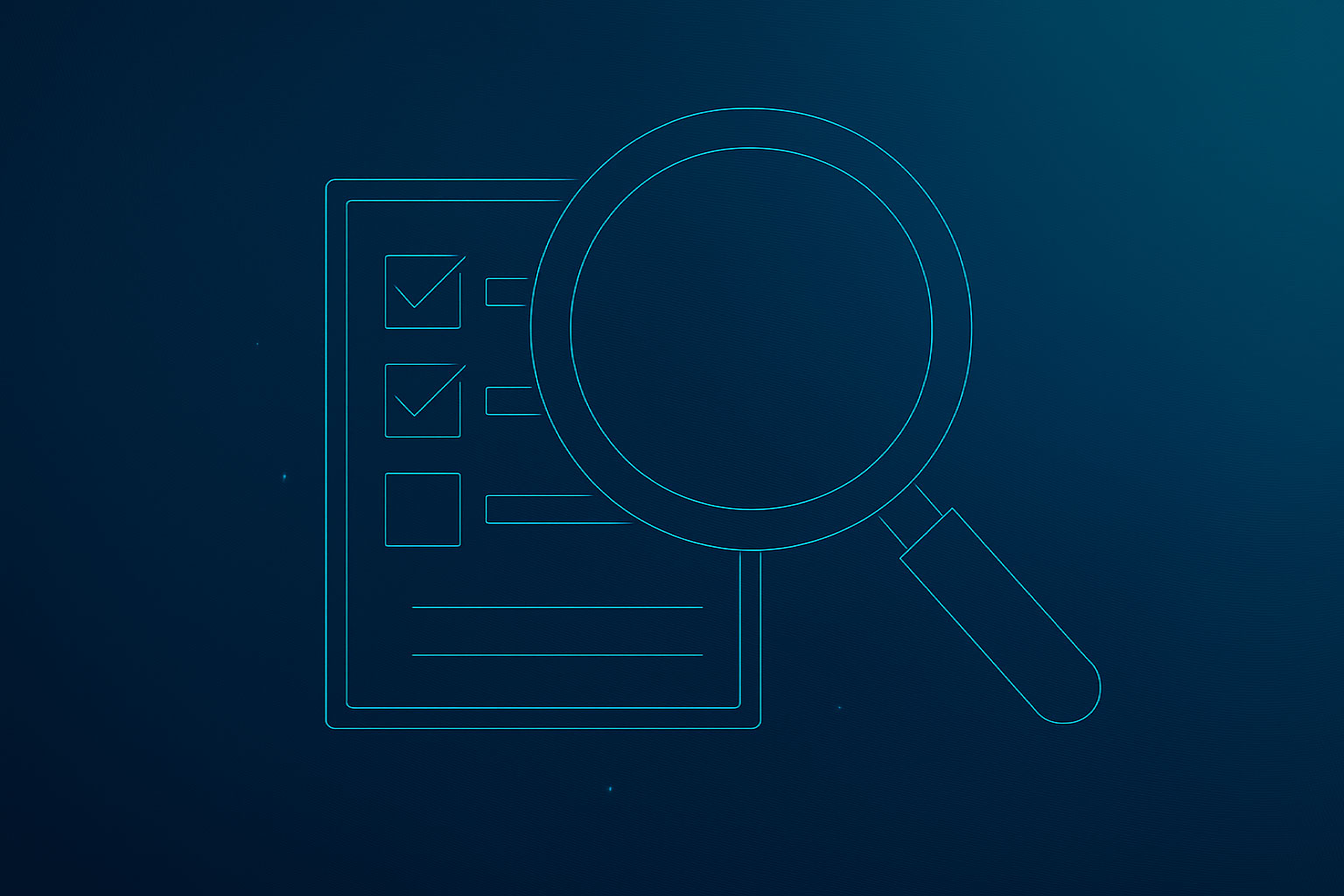Beyond Paperwork, Toward Proof
CMMC assessments are not paperwork reviews. They are operational validations. Certified Third-Party Assessment Organizations (C3PAOs) do not score how polished your documents look. They verify whether your systems perform as described.
At CS5 East in Washington, D.C., live demonstrations showed that verification does not have to be painful. It only needs to be accurate and traceable.
Understanding what assessors test, and how they confirm it, removes most of the risk before audit day.
The Three Verbs That Define Every Audit
Every NIST SP 800-171A objective is verified through one or more of three methods: Examine, Interview, Test.
The Agentic AI engine automates evidence alignment across all three and creates a reproducible trail of proof.
1. Examine
Assessors review configurations, screenshots, tickets, and diagrams.
If your System Security Plan (SSP) claims “encryption at rest,” expect to show console proof such as key management configurations, not paragraphs.
The system pre-stages this automatically:
- Collects live system evidence
- Hashes and timestamps each artifact
- Maps every artifact to its control and objective
2. Interview
C3PAOs confirm understanding and execution by talking to the people who perform the tasks: system admins, HR, ISSOs, and end users.
Context records show how and when each role completed their part.
That alignment prevents the common pitfall where staff answers contradict policy.
3. Test
Assessors verify system behavior by triggering alerts, checking MFA, or reviewing audit logs.
The platform captures and validates test artifacts directly, ensuring that evidence of behavior is already recorded before assessment day.
Auditors notice fast.
Evidence Chains Are Built, Not Claimed
Each of the 110 controls in NIST SP 800-171 maps to more than 320 assessment objectives.
Example: Control 3.1.5 (Least Privilege)
- AO1: Verify system enforces role-based access → IAM export
- AO2: Verify periodic review of roles → Ticket history with timestamps
The chain stays unbroken with every control, objective, and artifact linked and verified in real time.
Where Contractors Lose Ground
Assessors repeatedly cite the same findings:
- SSPs reference tools no longer in use
- POA&Ms without owners or timelines
- Evidence older than 12 months
- Staff unaware of their role in control performance
Each reflects implementation drift, which the agent detects early by flagging inconsistencies between systems, documents, and personnel responses.
Agentic AI as the Audit Accelerator
At CS5 East, attendees saw the Agentic AI perform the same audit workflow in minutes that usually takes weeks:
- Mapping assets and data flows automatically
- Linking artifacts to NIST 171A objectives
- Surfacing stale or missing evidence before the assessor does
- Producing assessor-ready outputs in real time
Automation does not replace human expertise. It scales it. MSPs, RPOs, and consultants can use the platform to deliver audit-ready clients faster.
From Adversarial to Aligned
C3PAOs are not adversaries. They validate reality.
When your systems, staff, and documentation all tell one consistent story, the audit becomes confirmation, not confrontation.
Alignment is achievable at scale.
More Rigor. Radically Less Effort.



